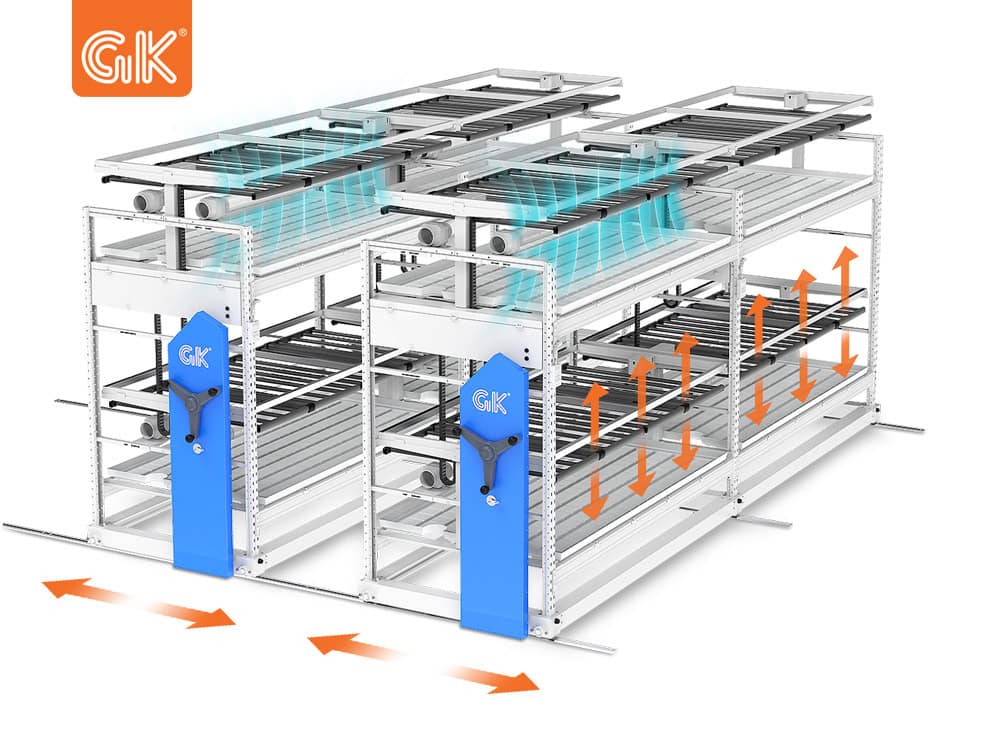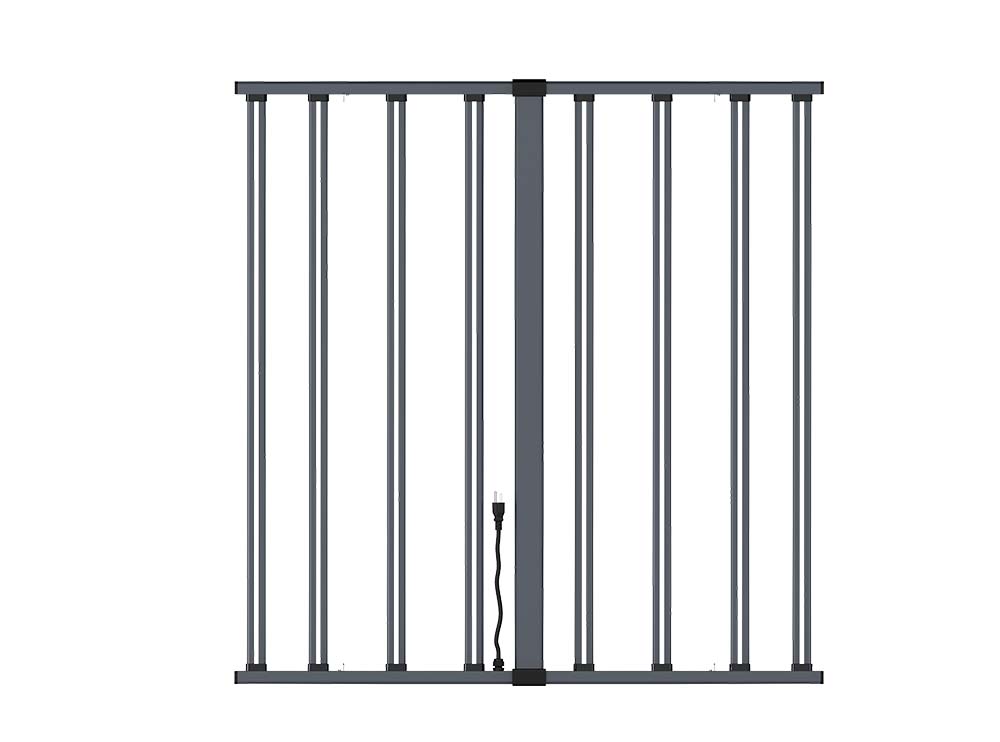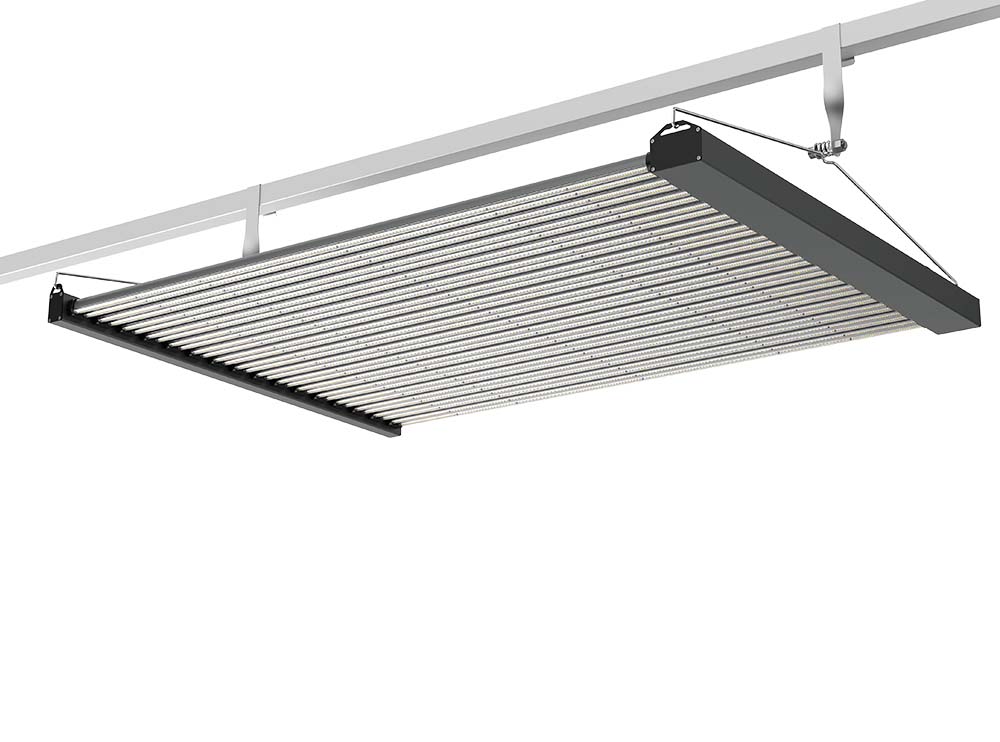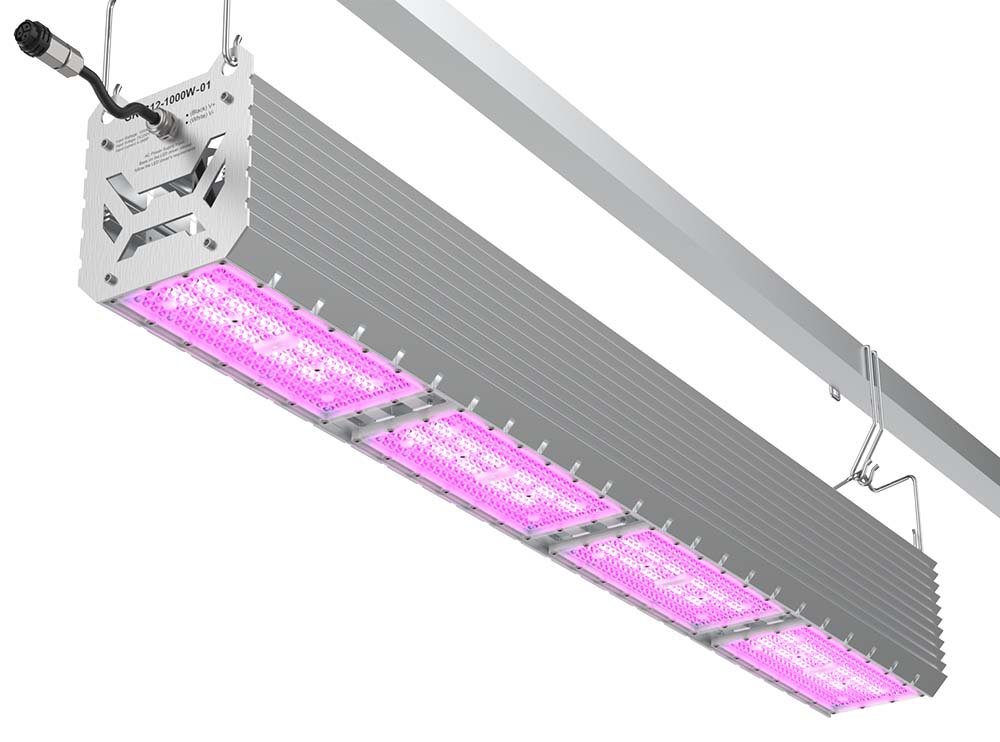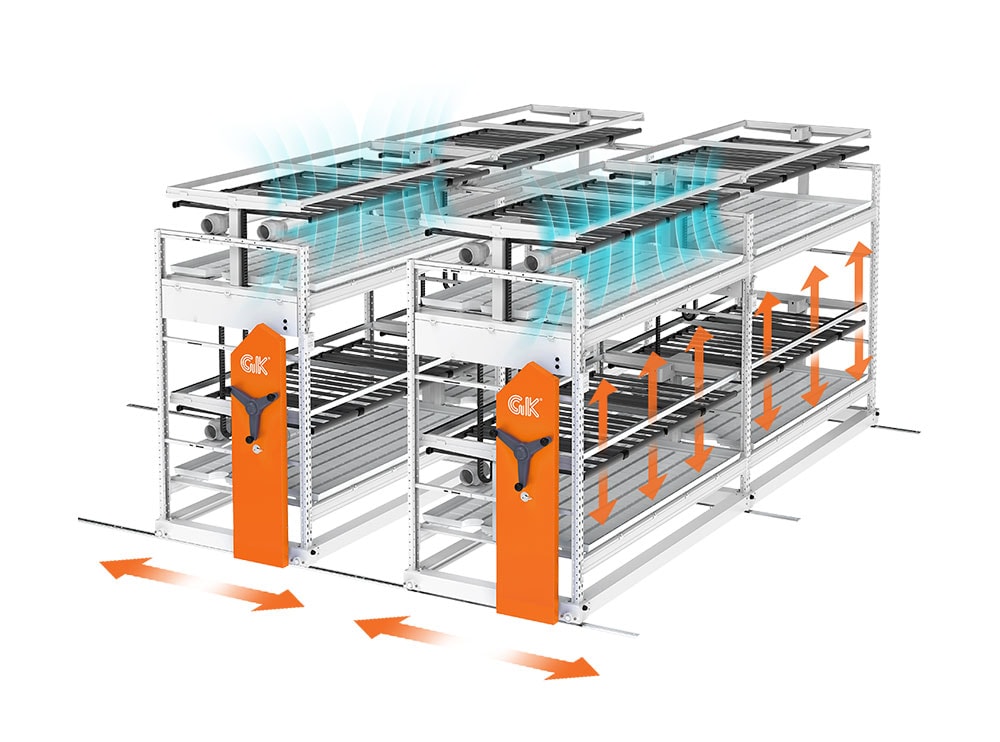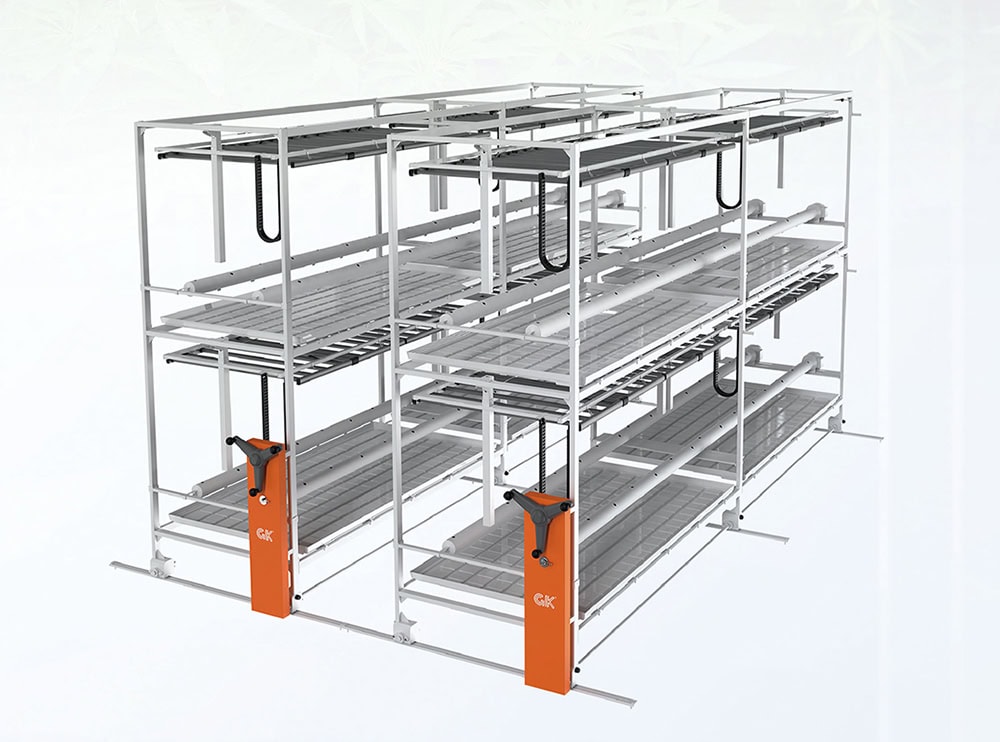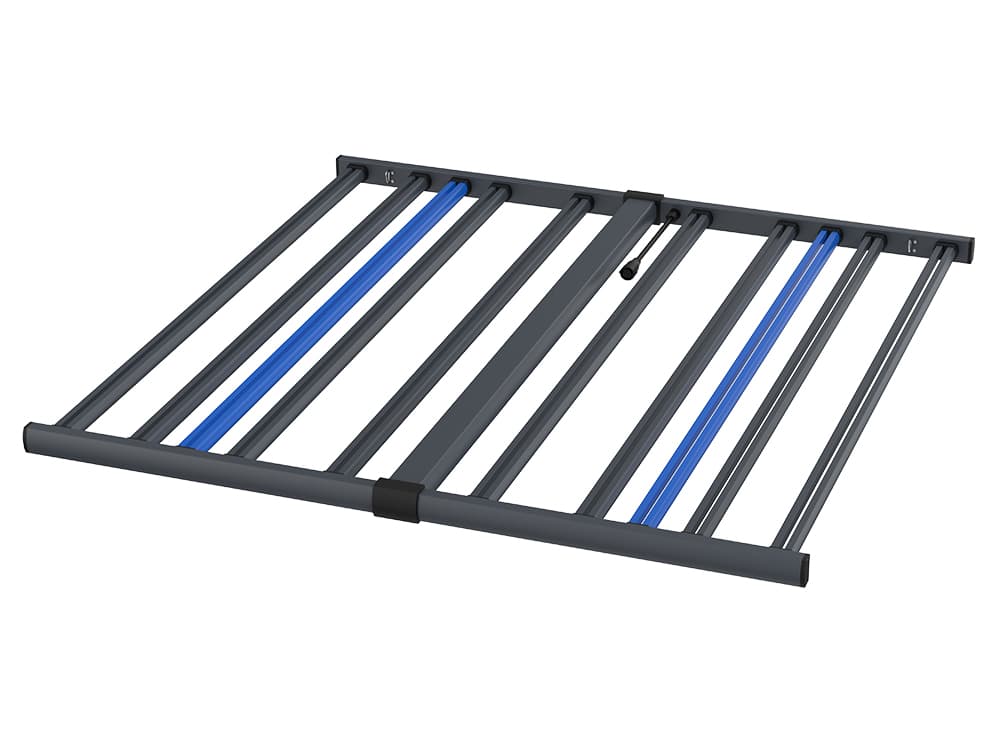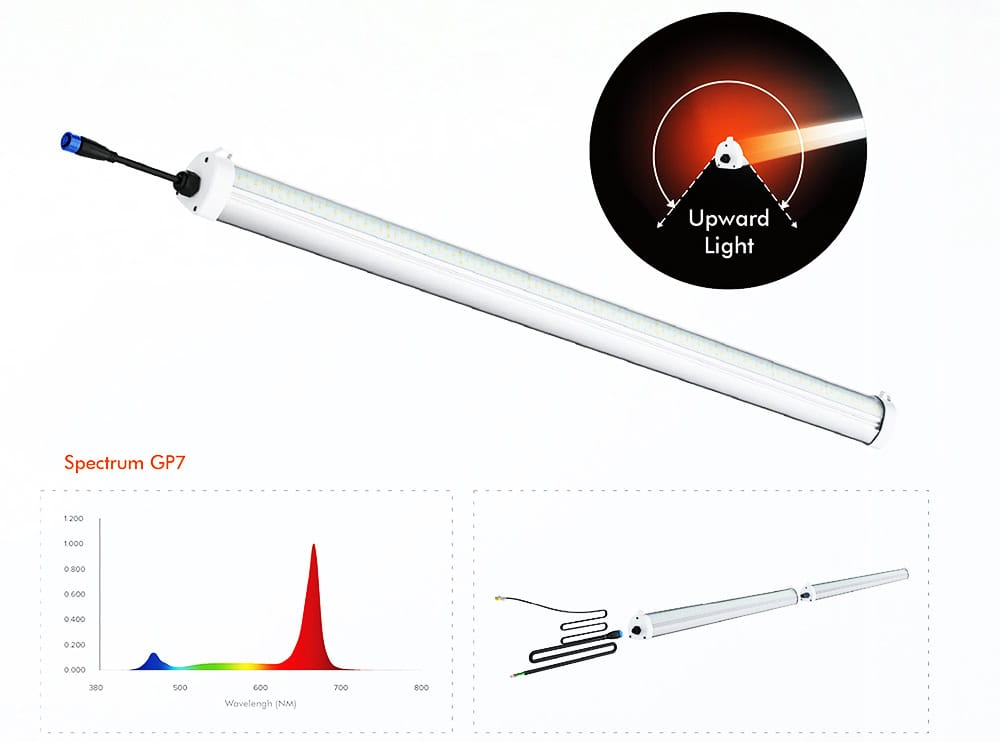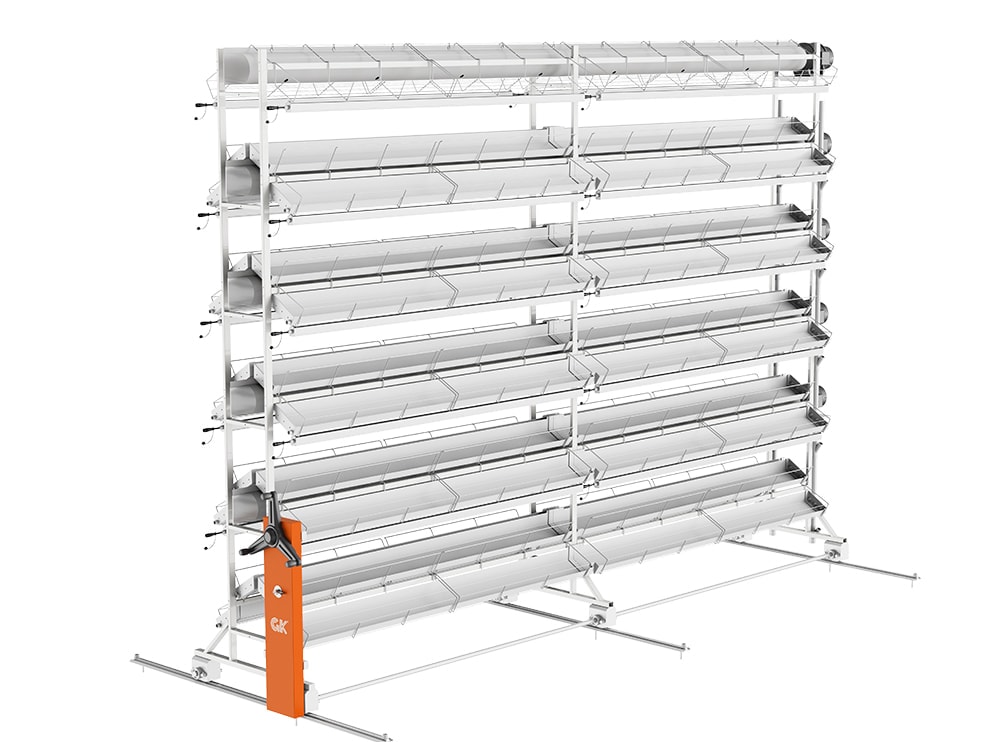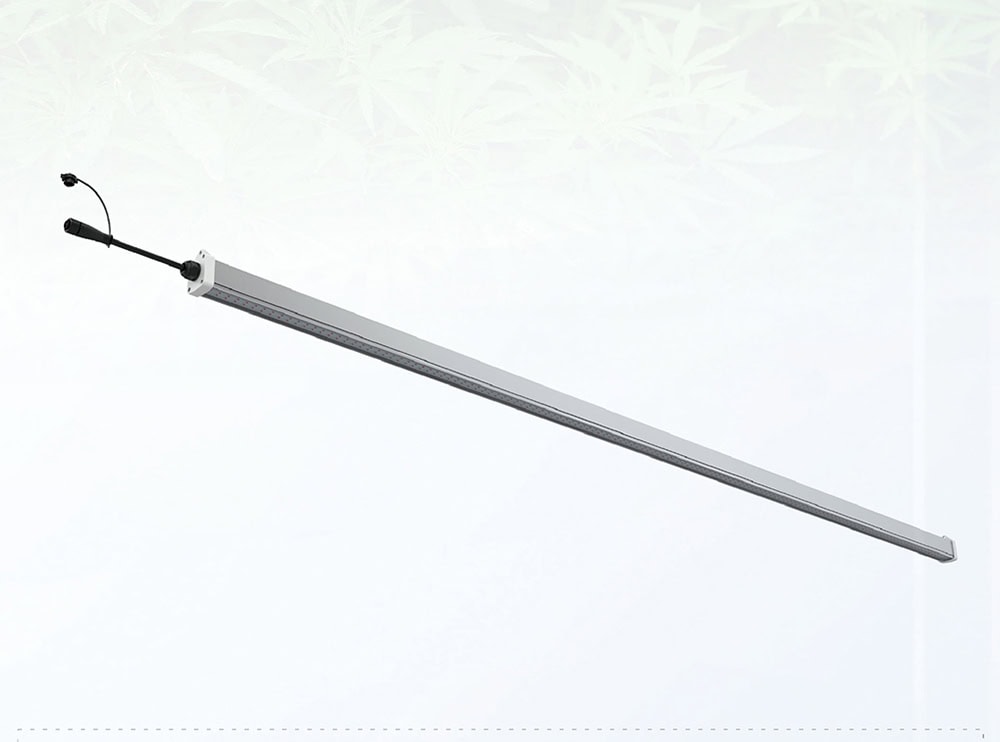Plant lighting for industrial hemp
What is horticultural lighting?
Traditional agriculture mainly relies on sunlight, which makes the growth of plants easily affected by the natural environment, but plants produced by plant lighting are not limited to the natural environment, and can receive optimized light, temperature, humidity, carbon dioxide concentration and culture medium components, etc. Achieve high-quality crop output.
The use of LED plant lighting weakens the restriction of natural light environment on agricultural production activities. Efficient plant light control methods can promote plant growth and development, achieve the purpose of increasing production, high efficiency, high quality, disease resistance, and pollution-free, and enhance agricultural output capacity.
At present, the application fields of plant lighting lamps mainly include greenhouse lighting, all artificial light plant factories, plant tissue culture, field lighting, household vegetable and flower planting, etc.
What is the relationship between plant lighting and industrial hemp?
The global industrial hemp market size exceeds 300 billion US dollars. In 2020, the legal cannabis market in the United States will reach nearly 18 billion US dollars (the world’s largest market), with a year-on-year growth rate of at least 50%. It is expected that the compound growth rate in the next 10 years will be maintained at about 20%. , the market space is expected to reach 100 billion US dollars by 2030.
At present, indoor cultivation is the mainstream of cannabis cultivation in the United States, which is driving the growth of plant lighting demand. Compared with traditional light sources, LEDs have many advantages such as high photoelectric conversion efficiency, easy spectrum control and combination, small size, long life, and low energy consumption.
For many cannabis growers and enthusiasts, they generally choose to grow indoors or outdoors, and if there is no reliable enough sunlight, they need to use some sunlight for indoor cultivation through high-quality cannabis grow lights.
What lights are not suitable for marijuana cultivation?
It is generally not recommended that users grow marijuana with ordinary lights. Unlike many other plants, cannabis requires extremely high light to reach its full growth potential. Since marijuana is a sun-loving plant, the light intensity generated by some lamps cannot provide enough sunlight for marijuana.
Incandescent bulbs are also not suitable for supplementing light for cannabis cultivation, because their light intensity is too low to meet the light needs of cannabis during the growing period.
When the heat is too high, “photoburns” can occur, and if left unaddressed, mild burns can greatly reduce the potency and purity of a cannabis strain.
When the plant is too close to the light source, some users may notice the leaves of the plant turn an unsightly yellow with brown or black edges. As the plant grows further, the terminal buds may turn an unhealthy white color. Both are warning signs that marijuana is facing a “minor burn” problem.
For the beginning home grower, it can often be difficult to tell the difference between a mild burn and a nitrogen deficiency. While both conditions can turn leaves yellow, we can probably tell them apart in two easy ways.
First, mild burns usually affect the tops of cannabis plants, while nitrogen deficiencies start at the bottom. Secondly, the burned leaves are very brittle, but the nitrogen-deficient leaves generally droop.
Often all you need to do to fix a photoburn is to move the grow light further away from the plant. If there is a lack of space in your growing area, you should use something like a grow net to inhibit the cannabis from continuing to grow taller to distribute the light relatively evenly.

